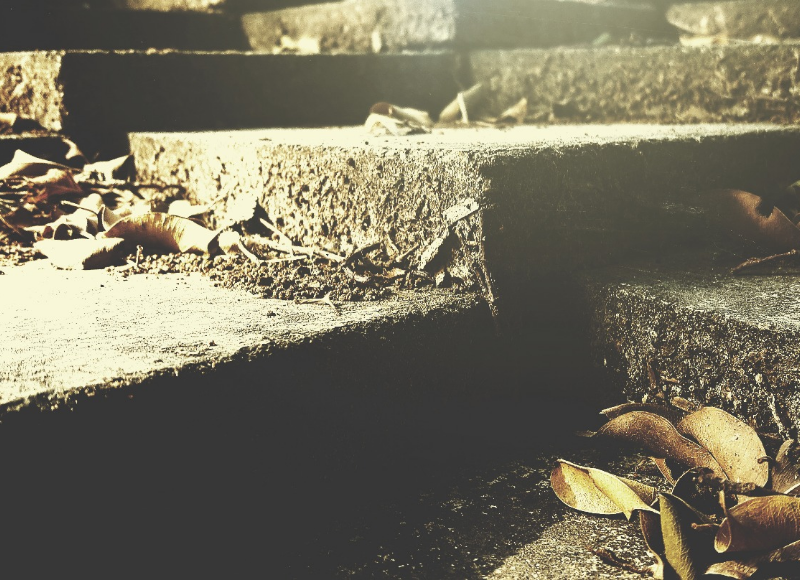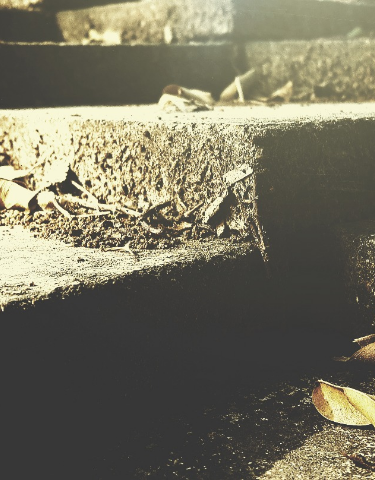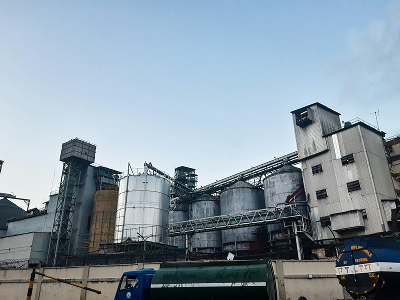Sri Lanka is once again confronting graves that history tried to hide. Across Jaffna, Mannar, Matale, Mullaitivu, and other districts, new exhumations and long-contested sites have returned to the fore, with courts, families of the disappeared, and international observers pressing for answers that are decades overdue. How Sri Lanka manages these graves in the coming years will shape not only truth and justice for thousands of families, but also the nation’s social stability, global standing, and rule-of-law credibility.
It is a risk-management challenge of the highest order — legal, political, forensic, diplomatic, and psychological risks. This article examines (1) what the mass-grave risk looks like in Sri Lanka today, (2) how the state can manage it credibly and decisively, and (3) pragmatic lessons other countries can apply to prevent similar humanitarian catastrophes.
The Current Landscape: Unearthing Risk and Memory
Identifying the risks surrounding Sri Lanka’s mass graves is the first step toward truth, accountability, and national healing — converting historical trauma into a managed path toward closure.
Sri Lanka’s mass-grave story is not a single tragedy but a timeline of silence. It stretches from the southern insurrection of the 1980s to the civil war that ended in 2009. Each conflict left behind not only political wounds but also unmarked graves — the physical evidence of unresolved trauma.
Chemmani, 2025: The Return of the Forgotten
Recent excavations in Chemmani, Jaffna, have uncovered over a hundred skeletons, including those of children. Personal items — a schoolbag, a baby bottle, fragments of clothing — have reignited national outrage. The courts are involved, UN officials have visited, and families of the disappeared are demanding credible identifications through DNA testing and international oversight.
Yet delays, disputes over forensic science methods, and limited transparency threaten to erode public confidence just as momentum builds.
Kokkuthoduvai (Mullaitivu) and Mannar: Legal Labyrinths
In Mullaitivu, remains unearthed during public-works projects triggered a stop-start judicial process that still lacks finality. In Mannar, earlier exhumations uncovered hundreds of skeletons, but contested carbon-dating results — some indicating pre-modern origins — deepened mistrust. Families question sample integrity and procedural rigor.
Matale and Beyond: A Legacy of Institutional Gaps
At Matale, more than 150 bodies found near a hospital compound were linked in public discourse to the 1987-89 JVP uprising. Investigations faltered amid inadequate chain-of-custody and political discomfort. Similar patterns persist elsewhere: evidence mishandled, witnesses unprotected, findings under-reported.
The Wider Human Context
Tens of thousands of families across Sri Lanka still do not know what happened to their missing relatives. The Office on Missing Persons (OMP) exists on paper but is hamstrung by capacity and credibility challenges. Without a comprehensive, transparent exhumation framework, each discovery risks becoming another cycle of trauma rather than a path to closure.
The risk typology is multidimensional:
- Legal risk: defective exhumations can taint evidence and future prosecutions.
- Political risk: delay or denial deepens ethnic polarization.
- Forensic risk: contamination and poor record-keeping destroy truth.
- Psychological risk: families relive loss without resolution.
- Diplomatic risk: international censure, sanctions, or aid conditionalities could follow.
A Ten-Pillar Strategy for Managing the Risk
To navigate this minefield, Sri Lanka must adopt a rigorous, victim-centred and transparent model that treats graves not as inconveniences but as sites of national accountability.
Pillar 1: Secure and Preserve
Every suspected site should immediately be placed under judicial protection orders, halting any construction or digging until forensic clearance. Evidence mapping — through photogrammetry, 3D scanning, and GPS grid systems — must become standard. These steps are preventive controls in any effective risk framework: they reduce evidence loss probability to near zero.
Pillar 2: Independent, Multidisciplinary Forensics
Sri Lanka should establish a National Forensic Graves Taskforce combining judicial medical officers with independent international experts. The taskforce must apply Minnesota Protocol standards and conduct cross-lab verification to prevent controversies such as those seen in Mannar. Forensic independence is the firewall between politics and truth.
Pillar 3: DNA Infrastructure and Data Integrity
A national DNA identification program is non-negotiable. Family reference databases, built with free consent and strict data-privacy laws, can connect remains to relatives even decades later. Partnering with Interpol-certified labs and publishing anonymized progress data quarterly would enhance trust.
Pillar 4: A Special Prosecutor for Mass-Grave Crimes
Forensic evidence means little without prosecution. Parliament should legislate a Special Prosecutor’s Office for Grave Crimes, protected from executive interference. It must have its own investigators, budget, and jurisdiction over all exhumation-linked offenses — from war-era atrocities to cover-ups. Early indictments in emblematic cases would demonstrate seriousness.
Pillar 5: Transparency and Public Reporting
Monthly public briefings, bilingual dig logs, and live-streamed court sessions can counter disinformation. Transparency is a reputational hedge; it keeps both domestic and international confidence intact.
Pillar 6: Victim-Centred Care
Truth-seeking without compassion is cruelty. Family Support Units in each affected district should offer trauma counseling, legal assistance, and travel stipends. Interim reparations — scholarships, healthcare, livelihood grants — can reduce socioeconomic fragility while long legal processes unfold.
Pillar 7: Insulation from Security-Sector Influence
Investigators who served in units implicated in earlier operations must recuse themselves. Independent civilian oversight is essential. Allowing UN and regional forensic observers to monitor proceedings signals integrity rather than weakness.
Pillar 8: Memorialization and Digital Archives
After forensic completion, each grave should evolve into a memorial of national reflection. A digital archive containing images, 3D scans, and verified data — accessible to researchers and families — would preserve institutional memory and deter revisionism.
Pillar 9: Legislative Codification
A dedicated Grave Sites and Missing Persons Act could unify procedures, rights, and sanctions. It should codify chain-of-custody, admissibility of evidence, and penalties for tampering or obstruction. Codification transforms moral obligation into enforceable law.
Pillar 10: External Verification and Measurable Progress
An independent review panel — comprising regional forensic and legal experts — should issue annual scorecards. Financial risk management enables sustainable funding through contingency planning, multi-year budgeting, and diversification of donor or state funding sources. Donor funding and international support can be tied to progress metrics: identifications completed, cases filed, families supported. Clear milestones prevent drift.
Lessons for the World: Preventing Future Atrocities
The Sri Lankan case carries hard-won lessons for governments emerging from conflict or repression.
Lesson 1: Preserve Evidence Early
The first 72 hours after discovery determine evidentiary integrity. Post-conflict states often postpone excavations for “stability,” only to lose data to erosion, looting, or redevelopment. Evidence preservation should be depoliticized and automatic.
Lesson 2: Science Must Be Redundant
Always commission multiple independent laboratories and publish methods. Competing results from a single lab, as in Mannar, can unravel years of work. Redundancy reduces epistemic risk.
Lesson 3: Prosecution and Truth Commissions Are Complementary
Truth commissions can humanize narratives, but justice requires enforceable accountability. A dual-track model — forensic-judicial and restorative — balances moral and legal legitimacy.
Lesson 4: Protect Whistleblowers and Witnesses
Mass-grave inquiries succeed only when insiders speak. Legal immunity frameworks, anonymous testimony, and relocation programs protect truth-tellers and deter coercion.
Lesson 5: Transparency Builds Immunity Against Disinformation
Publishing excavation updates and lab findings deters conspiracy theories. Open data is reputational insurance for fragile states.
Lesson 6: International Support Enhances Sovereignty, Not Weakens It
Inviting external observers and technical assistance reinforces, rather than diminishes, national credibility. The optics of openness often carry more diplomatic value than the data itself.
Lesson 7: Memorials Prevent Recurrence
Physical remembrance transforms sites of horror into civic education. Institutionalizing memorialization embeds “never again” into public consciousness.
A Realistic Roadmap: 2025–2028
Year 1:
- Pass the Special Procedures Act; designate special grave-site courts.
- Launch the Forensic Taskforce and sign MoUs with international labs.
- Begin a nationwide DNA-collection drive.
- Publish bilingual monthly excavation summaries for Chemmani and Mullaitivu.
Year 2:
- Deliver first identifications and family handovers.
- File initial indictments under the new Special Prosecutor’s Office.
- Establish the digital “Sri Lanka Missing Persons Archive.”
Year 3:
- Independent review panel releases progress scorecard.
- Donor conference converts success into multi-year funding.
- Design and unveil inclusive memorials at Matale, Mannar, and Chemmani.
This is achievable. The technologies exist, the legal frameworks are draft-ready, and global expertise is available. What remains is political will — the willingness to prioritize truth over short-term comfort.
Why Managing the Mass-Grave Risk Is Good Risk Management
1.Institutional Resilience
Proper exhumations produce court-admissible evidence and strengthen forensic and judicial systems for future crises — from disasters to trafficking investigations.
2.Diplomatic and Economic Stability
Compliance with UN human-rights recommendations helps in the risk mitigation of sanctions, restores trade privileges, and reassures investors that Sri Lanka is consolidating peace through accountability.
3.Social Healing and Non-Recurrence
Families deserve closure. Public acknowledgment and justice reduce grievance transmission across generations, thereby lowering the probability of renewed conflict.
4.Governance Credibility
Transparent handling of mass graves reduces governance risk and demonstrates that Sri Lanka can confront its past with maturity. It strengthens the state’s moral authority to lead reconciliation rather than merely manage it.
Lessons in Comparative Perspective
Countries like Argentina, Bosnia, and Rwanda show that post-conflict reconciliation succeeds only when the dead are named and buried with dignity.
- Argentina’s Equipo Argentino de Antropología Forense (EAAF) pioneered the model of community-led forensic independence — now globally replicated.
- Bosnia’s Missing Persons Institute uses genetic databases covering 30,000+ profiles, proving that even complex cases can achieve large-scale identification.
- Rwanda integrated forensic truth with Gacaca community justice to merge accountability and healing.
Sri Lanka can adapt these models to its legal culture, building hybrid institutions that blend science with empathy.
Toward a Culture of Remembrance and Risk Foresight
The management of mass graves is not solely about dealing with human rights risk; it is a national-security imperative. Societies that fail to resolve historical disappearances remain vulnerable to political extremism and international isolation. The graves represent not only the dead but also the living’s willingness to face the truth.
Preventive foresight — archiving military records, preserving potential evidence, and embedding forensic education in universities — can ensure that Sri Lanka, and others like it, never face such risk again.
Conclusion: Courage at the Excavation Edge
Mass graves test the conscience of a nation. They ask whether truth will be exhumed or buried once more. For Sri Lanka, the question is existential: will it choose denial and decay, or dignity and disclosure?
A credible path exists: protect every site, deploy independent science, identify the lost, prosecute the perpetrators, and honour the memory of the victims. If done well, Sri Lanka will not only redeem its past but also offer a global blueprint for confronting dark legacies with light.
Other nations — from conflict zones in Africa to political repression states in Asia or Latin America — can draw the same lesson: silence is not stability. The only sustainable peace is one built on evidence, empathy, and institutional integrity.
Sri Lanka now has an opportunity to turn its buried history into a foundation for the rule of law. Each careful excavation, each identification returned to a family, each act of remembrance, is a small victory against oblivion.
The world is watching, but more importantly, its own citizens are waiting. The courage to dig — and to listen — will determine whether Sri Lanka’s future stands on justice or on unmarked ground.















